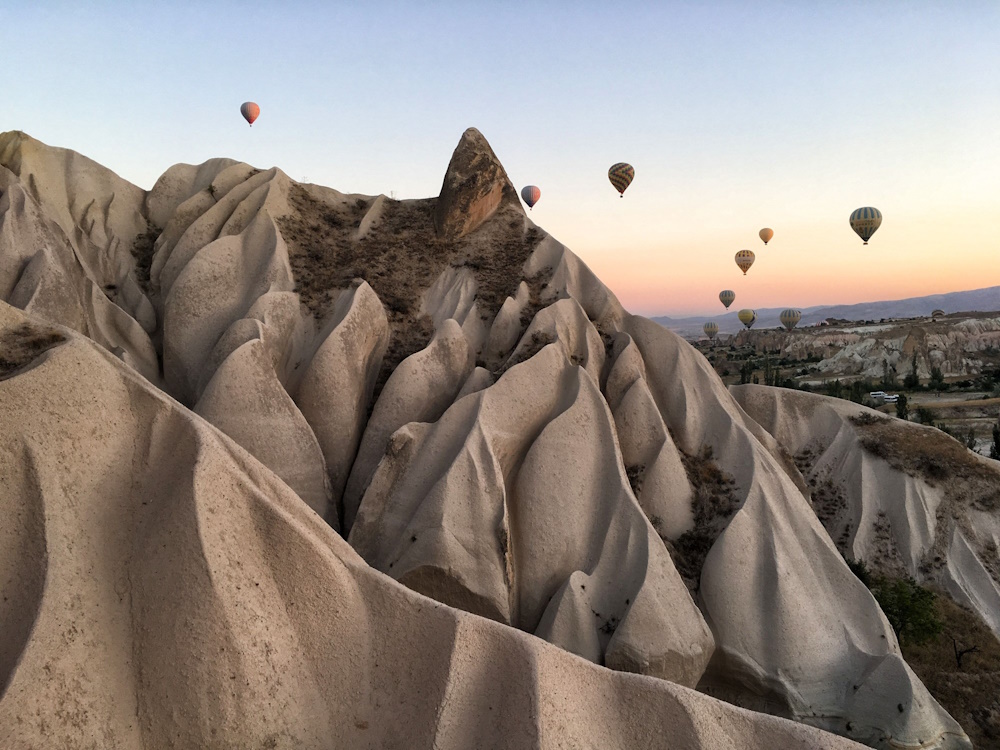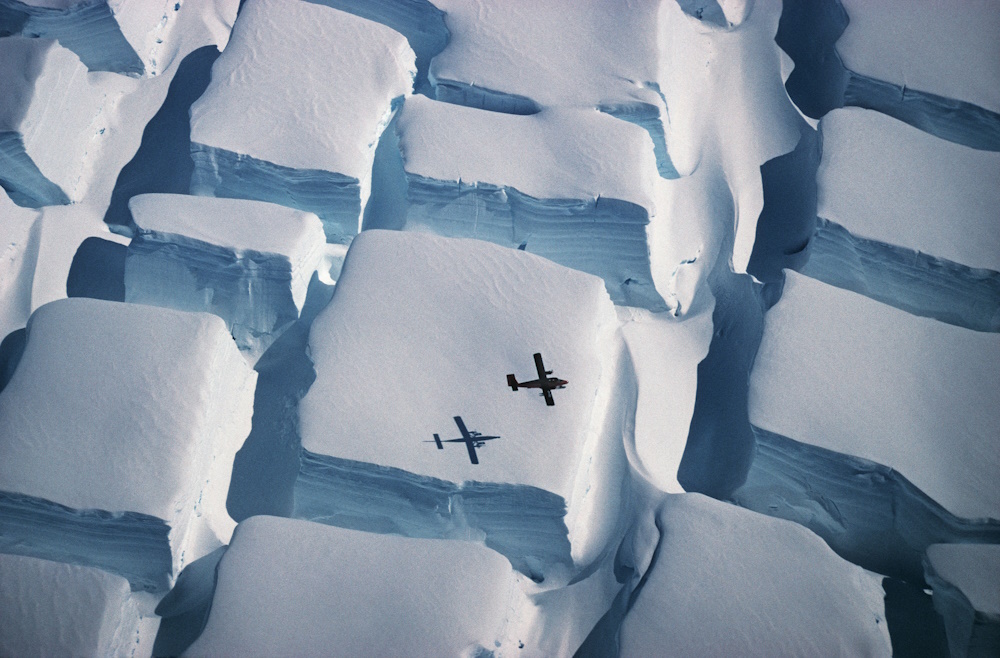Earth Science and Climatology 2019
Shortlisted entries in the Earth Science and Climatology category from the 2019 Royal Society Publishing Photography Competition.
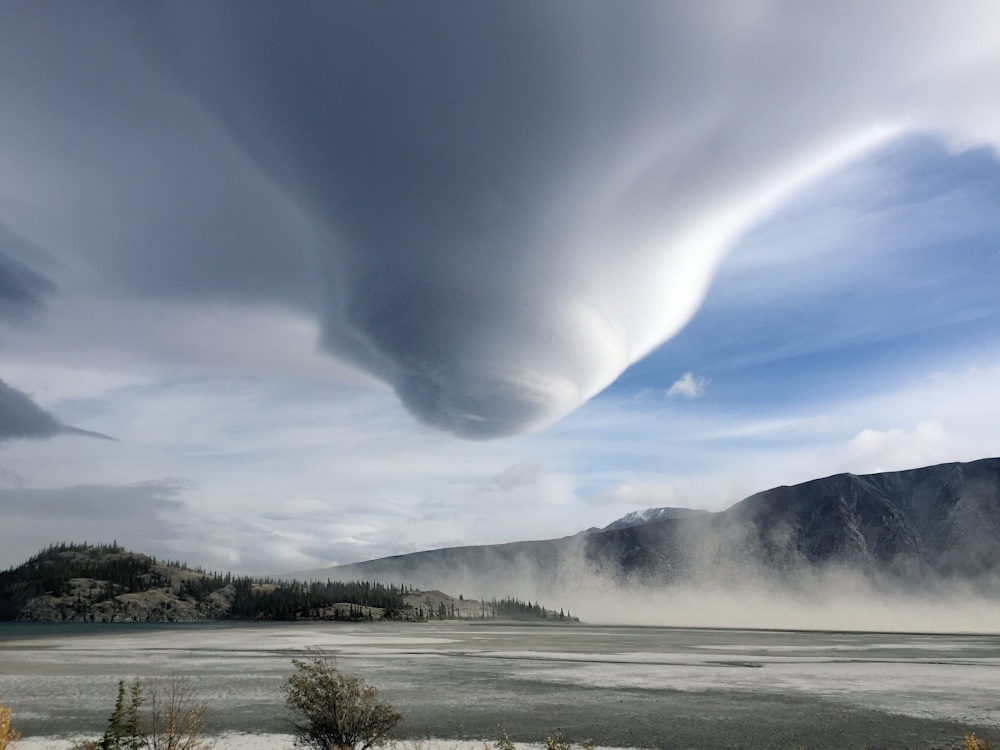
Earth Science and Climatology Winner 'Twister in the Yukon' by Lauren Marchant. 'This photo was taken near to Kluane Lake Research Station in the Yukon, Canada. It depicts a large, cone-shaped, funnel cloud. A funnel cloud forms when water droplets are drawn in from the surrounding area by a rotating column of wind, making a region of intense low pressure visible to the human eye. Most tornados begin as funnel clouds. However, this funnel cloud never made contact with the ground and therefore could not be classified as a tornado. The photo was taken with the iPhone 6 rear camera which is the 8 megapixel (f2.2, 1.5micron, 1/3 sensor) with autofocus and enhanced using Adobe Photoshop (Photoshop: I turned down the highlights -15, and turned up the contrast +20).'
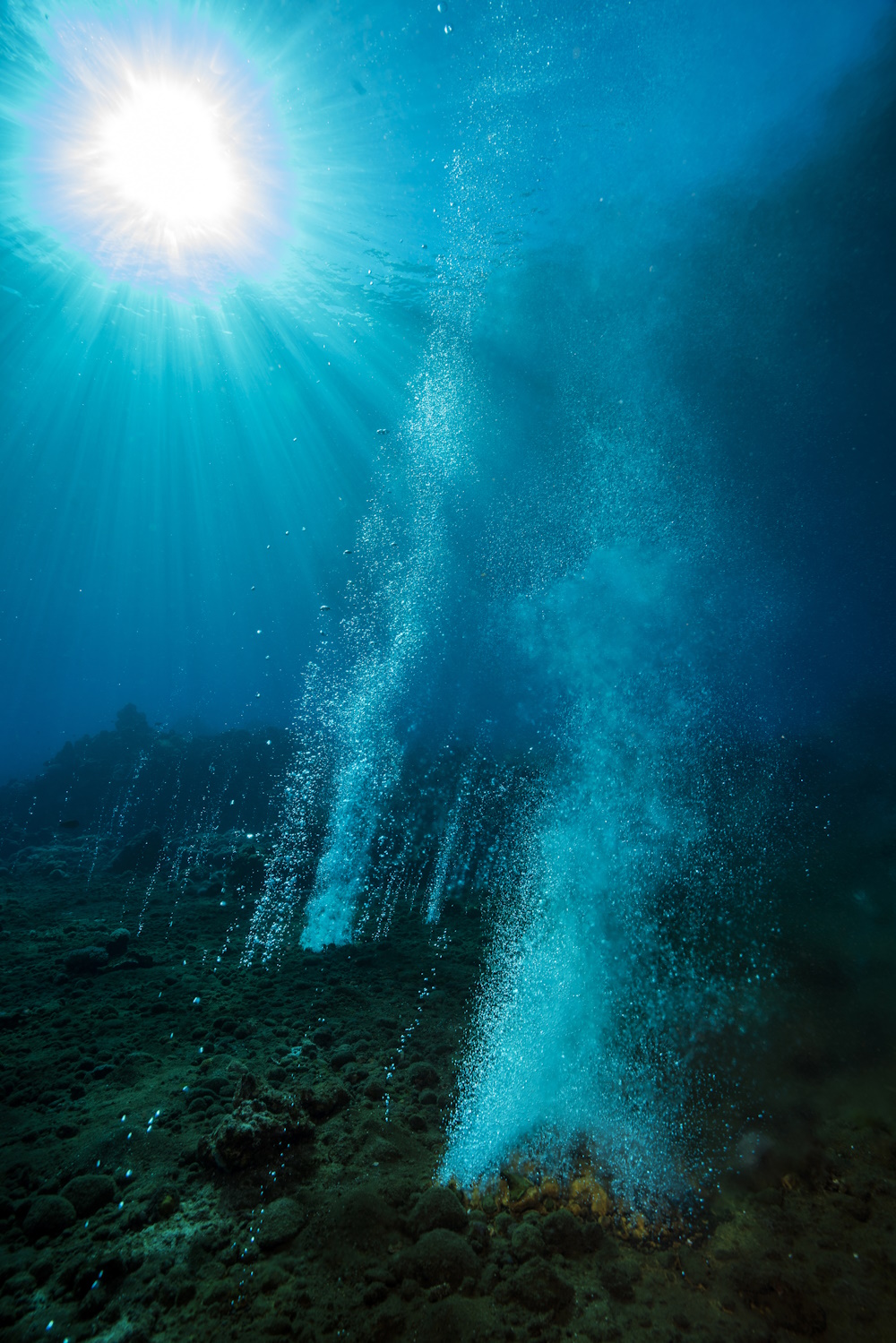
Earth Science and Climatology Runner up 'Fizzy sea' by Tom Shlesinger. 'Coral reefs are among the most diverse and productive ecosystems on our planet. However, pollution, over-fishing and the release of gases into the atmosphere are causing acidification and warming of the oceans to levels that corals are no longer able to tolerate. This photo was taken while on a scientific expedition to Ambitle Island, Papua New Guinea, as part of the Coral Reef Acclimatization to Ocean Acidification (CARIOCA) project. Volcanic carbon dioxide can be seen fizzling from the seafloor alongside diverse and healthy coral reefs. These underwater volcanic seeps add heated water with high concentrations of carbon dioxide that results in temperature and acidity levels similar to those expected at the end of the century, and commonly regarded as too extreme for corals' survival. This site offers a unique and authentic 'natural laboratory' for the study of the effects of climate change (ocean acidification and global warming) on coral reefs. Despite having acidity levels that are commonly regarded as too extreme for corals to even build their calcareous skeletons, the reefs in this area are surprisingly thriving. Minor adjustments were made using Adobe Photoshop CS6 (contrast, levels). Camera: Sony a7RIII camera. Lens: 16-35 mm (f2.8) lens within a Nauticam underwater housing equipped with a Retra strobe.'
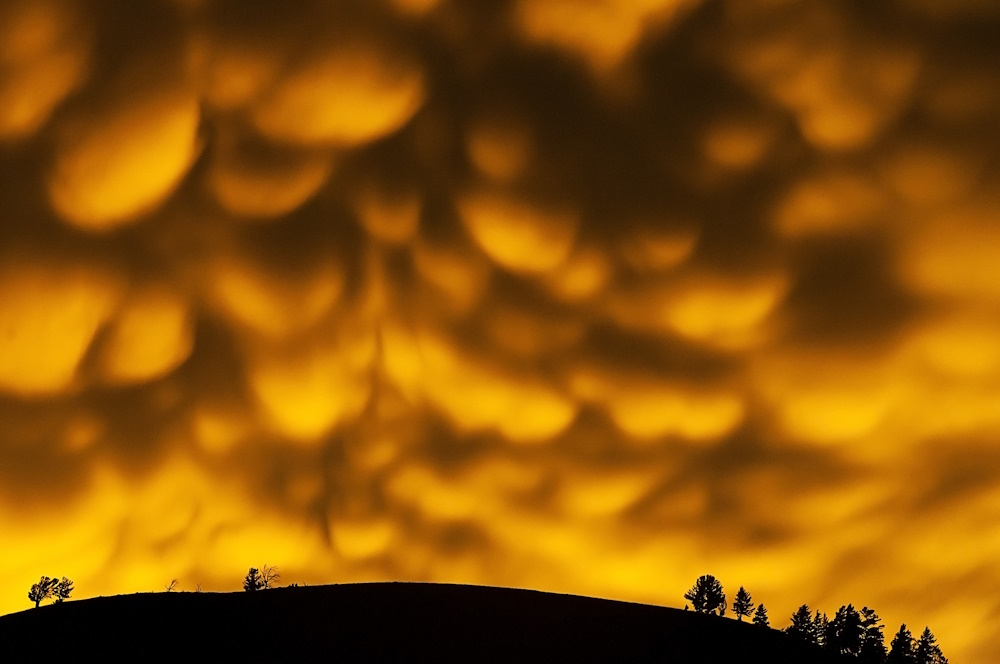
Earth Science and Climatology Honourable mention 'Mammatus on fire' by Cándido R. Vicente Calle. 'This photograph was taken after a summer sunset when these clouds (Cumulonimbus mammatus) quickly formed in Jackson, Wyoming, USA. Mammatus clouds are special structures that are formed by downward vertical currents, which collide with other warm air rising. This collision gives rise to the characteristic bumps at their base as a result, and giving it its name from the Latin word "mamma". These clouds are usually formed in hot weather and are byproducts of intense storms located on its periphery. The light at sunset highlights the special shape of these striking cloud formations. Processed with noise reduction, sharp mask, contrast and small light and shadow modification. Camera: Nikon D300, 82mm, f/6.3, 1/640, ISO 800.'
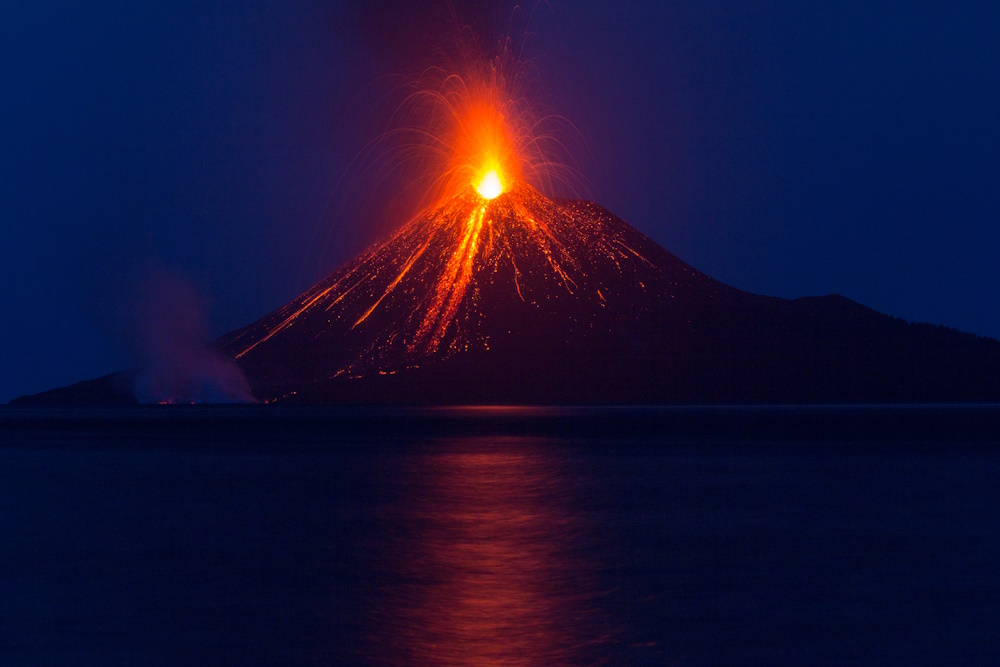
Earth Science and Climatology Honourable mention 'The child of Krakatoa awakes' by James DP Moore. 'This photo shows Anak Krakatau at the start of its eruptive phase in August 2018, taken whilst on vacation. This Strombolian eruptive style is building up the flanks of the central cone, out of unconsolidated tephra, with little real strength. Eventually, this constructive phase culminated with the collapse of the southwestern flank (to the left in this image). The water displaced by this slope's failure generated a devastating tsunami with no warning, and claimed more than four hundred lives on 22 December 2018. Camera: Canon 60D at a focal length of 70mm, aperture f/13, and exposure of 20 seconds. Lens: 70-300 f4-5.6.'

